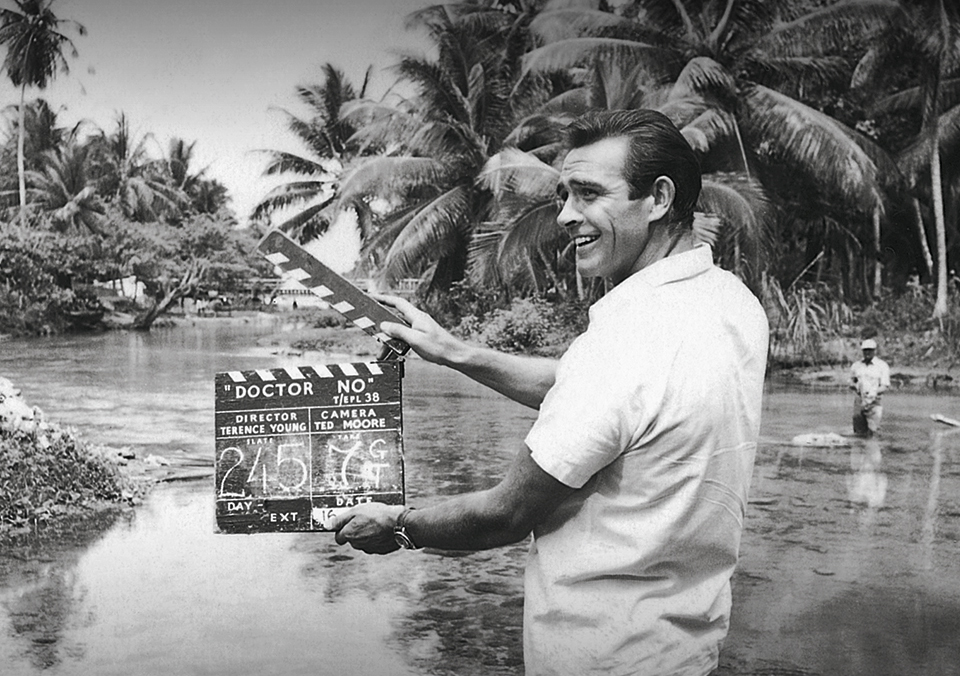Today in Movie Culture: 'Star Wars' Is Already in the Christmas Spirit, Movie Posters in Motion and More
Here are a bunch of little bites to satisfy your hunger for movie culture:
Star Wars of the Day:
C-3PO, R2-D2 and a lot of Stormtroopers are getting us ready for Christmas already with a new Duracell commercial:
[embedded content]
Movie Comparison of the Day:
Watch scenes from Mad Max: Fury Road side by side with similar scenes from the previous Mad Max movies:
[embedded content]
Movie Mashup of the Day:
This mashup shows the similarities between The Cabin in the Woods and The Hunger Games:
[embedded content]
Cosplay of the Day:
This kid’s Halloween costume of Rocket Raccoon from Guardians of the Galaxy is a little too real. Actually that might just be the real Rocket (via Mashable):
Vintage Image of the Day:
As we wait for the U.S. release of SPECTRE, here’s Sean Connery filming a scene in his first James Bond movie, Dr. No:
Actor in the Spotlight:
Speaking of James Bond movies, the latest episode of No Small Parts celebrates the work of henchman character actor Richard Kiel:
[embedded content]
Supercut of the Day:
Watch a bunch of movie posters based on actual movie scenes come to life in this video by Whoispablo:
[embedded content]
Animated Short of the Day:
Speaking of posters in motion, here’s an animated short made out of movie posters come to life:
[embedded content]
Filmmaker in Focus:
For Press Play, Jacob T. Swinney presents the genius of Jim Jarmusch in only three minutes, focused on shots of his characters traveling:
Classic Trailer of the Day:
Today is the 25th anniversary of Jacob’s Ladder. Watch the original trailer for the creepy thriller, which stars Tim Robbins, below.
[embedded content]
Send tips or follow us via Twitter:
and
This entry passed through the Full-Text RSS service – if this is your content and you’re reading it on someone else’s site, please read the FAQ at fivefilters.org/content-only/faq.php#publishers.


